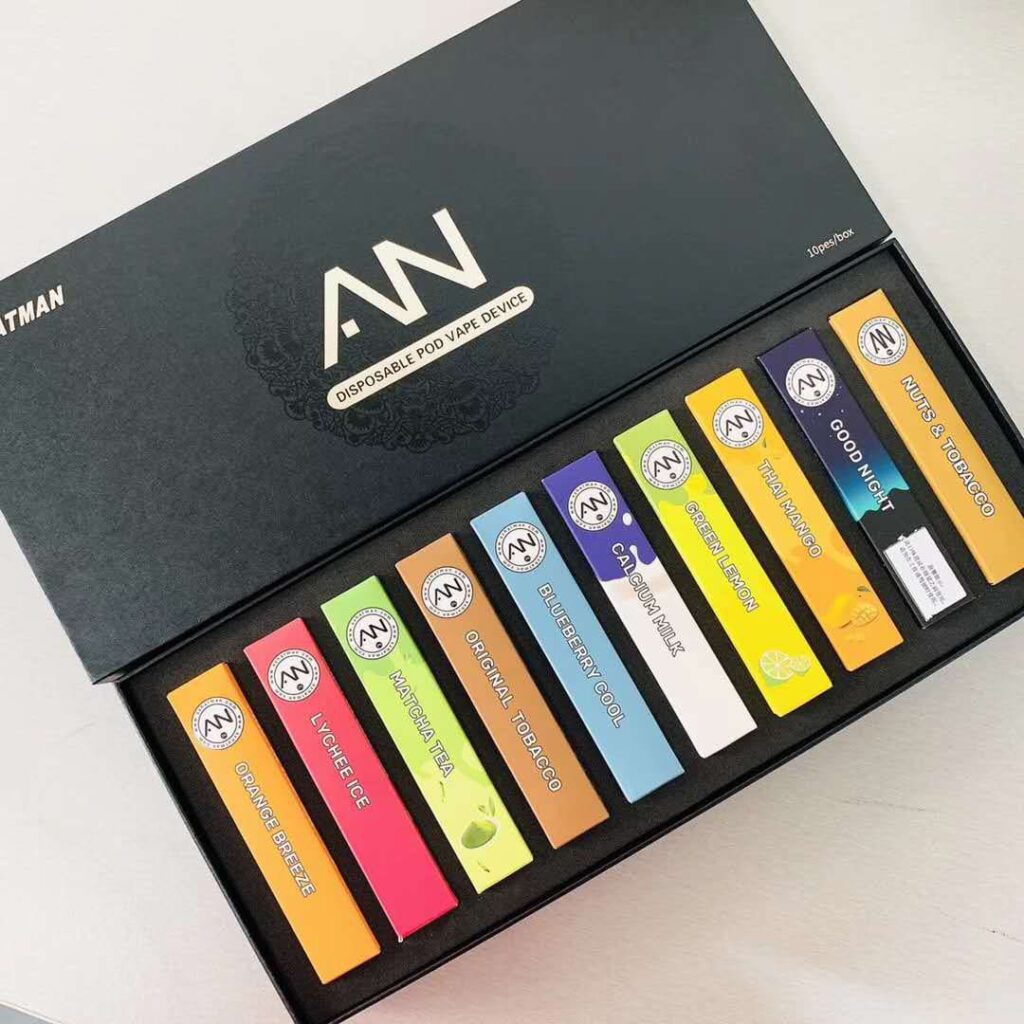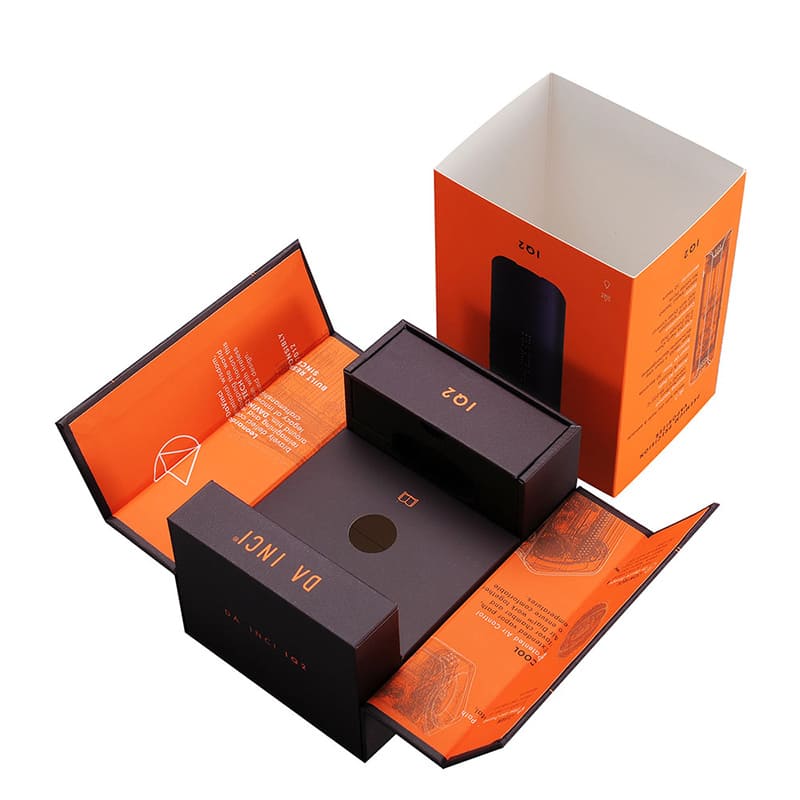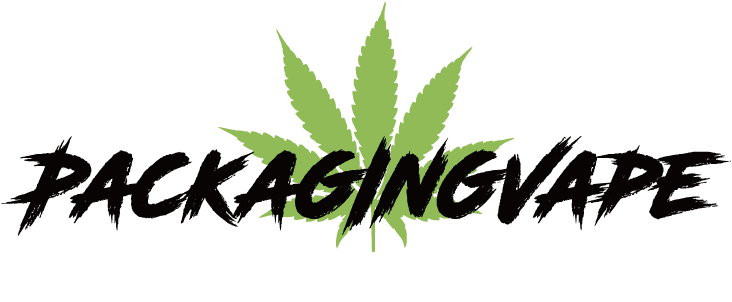
In the world of vaping, where aesthetics meet functionality, packaging plays a vital role. Vape packaging is more than just a protective casing; it’s a statement of branding, product quality, and compliance with regulations.
The Importance of Vape Packaging
- Brand Identity: Vape packaging is often the first point of contact between a consumer and a product. It serves as a canvas for brand identity, conveying the company’s ethos, values, and personality. Striking, memorable packaging can help establish brand recognition and loyalty.
- Product Protection: Beyond aesthetics, the primary function of vape packaging is to protect the product. It shields the vape device, e-liquids, and accessories from damage during transit and storage. Robust packaging ensures that the product reaches the consumer in perfect condition.
- Compliance and Safety: Vape packaging must adhere to local and international regulations. Proper labeling, warnings, and child-resistant features are essential elements to ensure safety and compliance with the law.

Design Considerations
- Visual Appeal: Eye-catching packaging design is crucial for attracting consumers. Vibrant colors, engaging graphics, and an overall appealing aesthetic can make a significant difference in a crowded market.
- Branding Elements: Incorporating brand logos, fonts, and colors consistently across the packaging creates a cohesive and recognizable brand image. This consistency fosters brand loyalty and trust.
- Information Clarity: Vital product information, such as nicotine content, flavor description, and safety warnings, should be clear and easy to read. Transparency in labeling is essential to build trust with consumers.
- Sustainability: In today’s environmentally conscious world, sustainable packaging materials are gaining popularity. Vape companies are exploring eco-friendly options like recyclable cardboard and biodegradable plastics to reduce their environmental footprint.
- Functionality: Vape packaging should be designed with the end-user in mind. Easy access to the product, user instructions, and proper storage of e-liquids are all factors that contribute to the overall user experience.

Regulatory Compliance
- Age-Verification: Vape packaging must include age-verification mechanisms, such as “18+” labels or QR codes linking to age-verification websites, to prevent underage access.
- Warning Labels: Prominent and clear warning labels about the health risks of vaping and the presence of nicotine are mandatory to inform and protect consumers.
- Child-Resistance: Packaging should incorporate child-resistant features to prevent accidental ingestion by children.
- Tamper-Evidence: Tamper-evident packaging ensures that consumers can identify if a product has been opened or tampered with, guaranteeing product integrity and safety.
- FDA Regulations: In regions like the United States, vape companies must comply with regulations set forth by the Food and Drug Administration (FDA), which include specific packaging requirements.
Vape packaging is more than just a wrapper; it’s a multifaceted tool that serves the interests of both manufacturers and consumers. Aesthetically pleasing designs, brand consistency, safety measures, and regulatory compliance are all integral components of vape packaging. Striking the right balance between form and function can help vape companies stand out in a competitive market while ensuring that consumers are well-informed and products are safely contained. As the vaping industry continues to evolve, packaging will remain a critical element in shaping its future.
